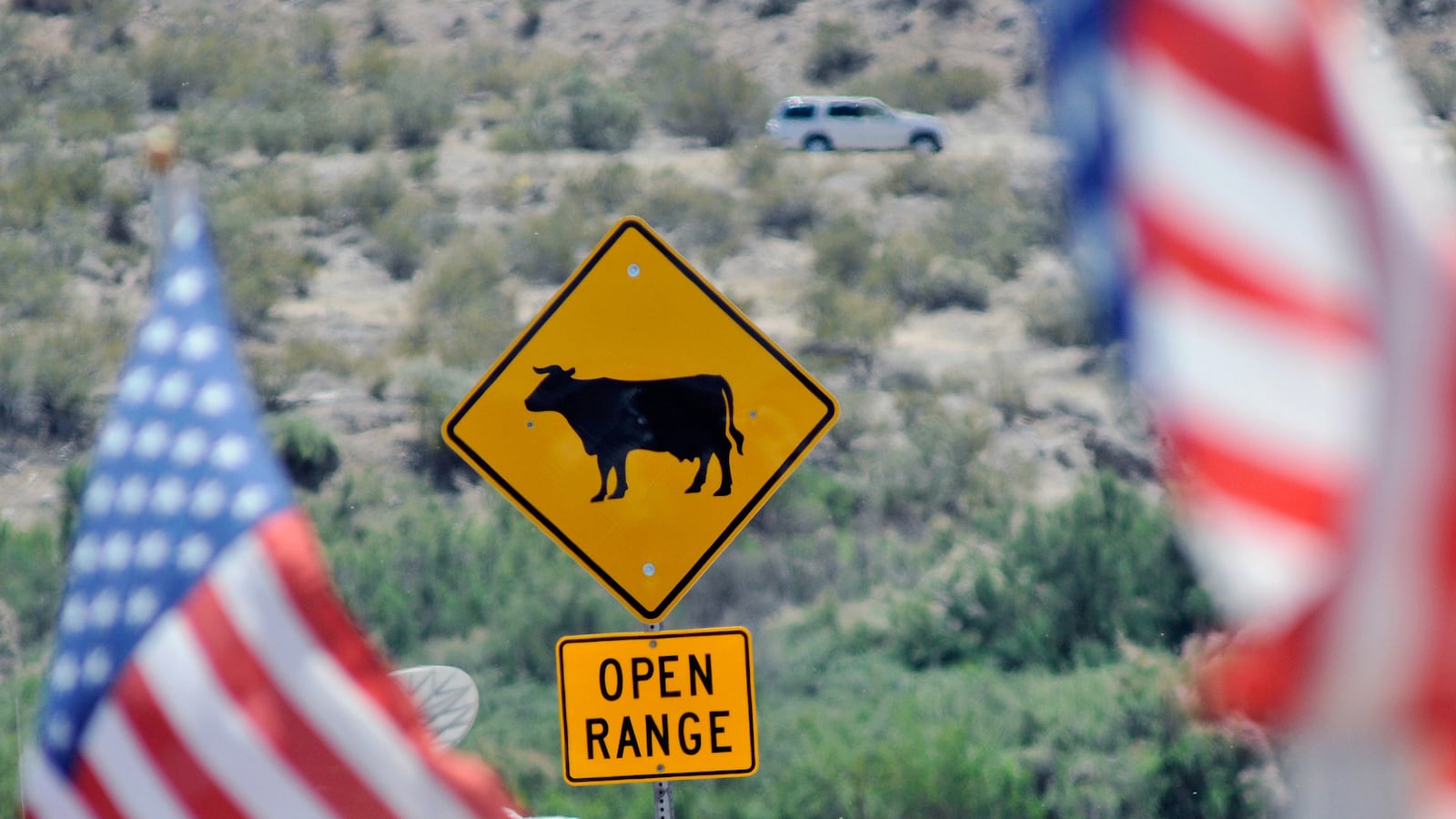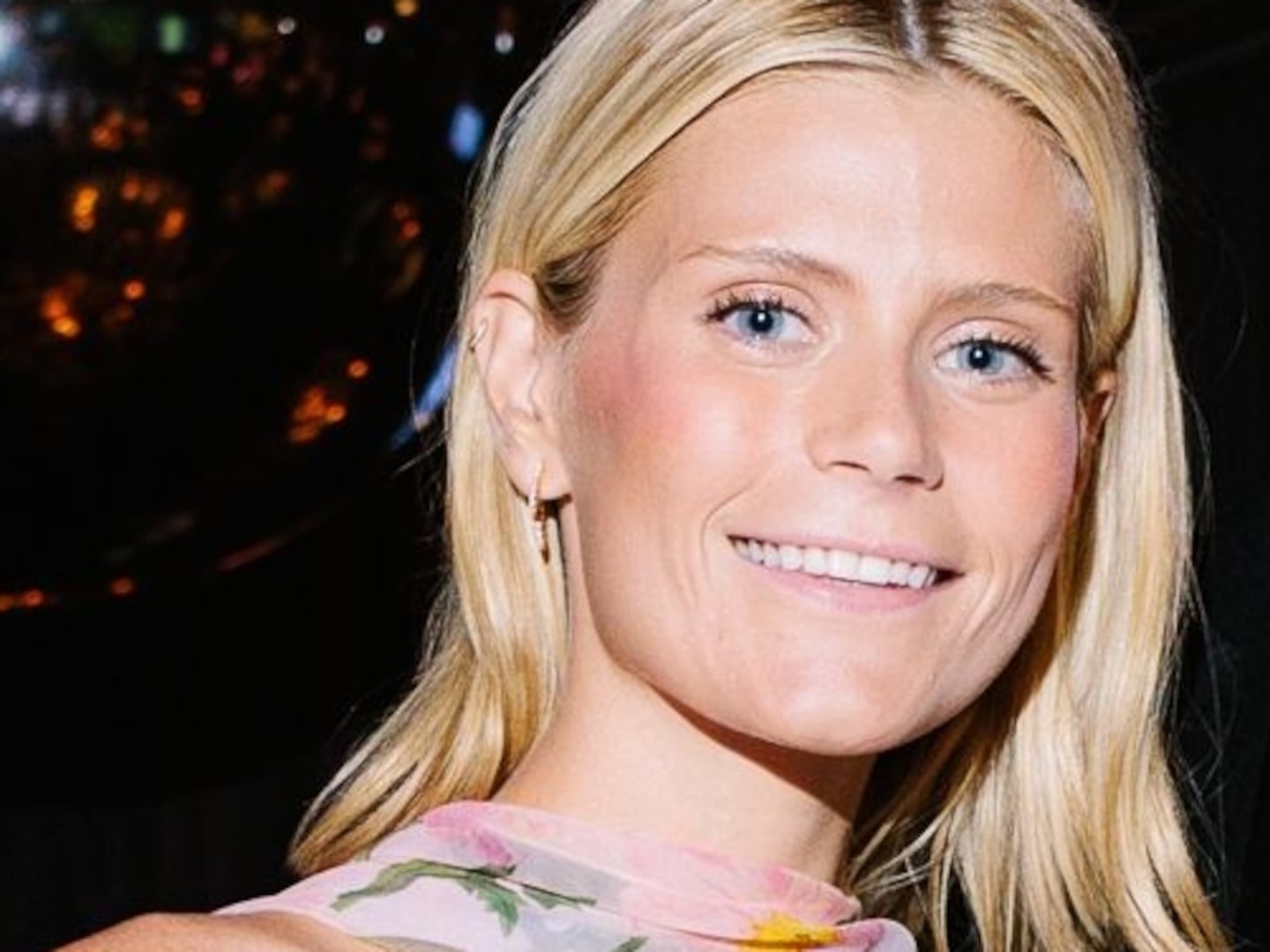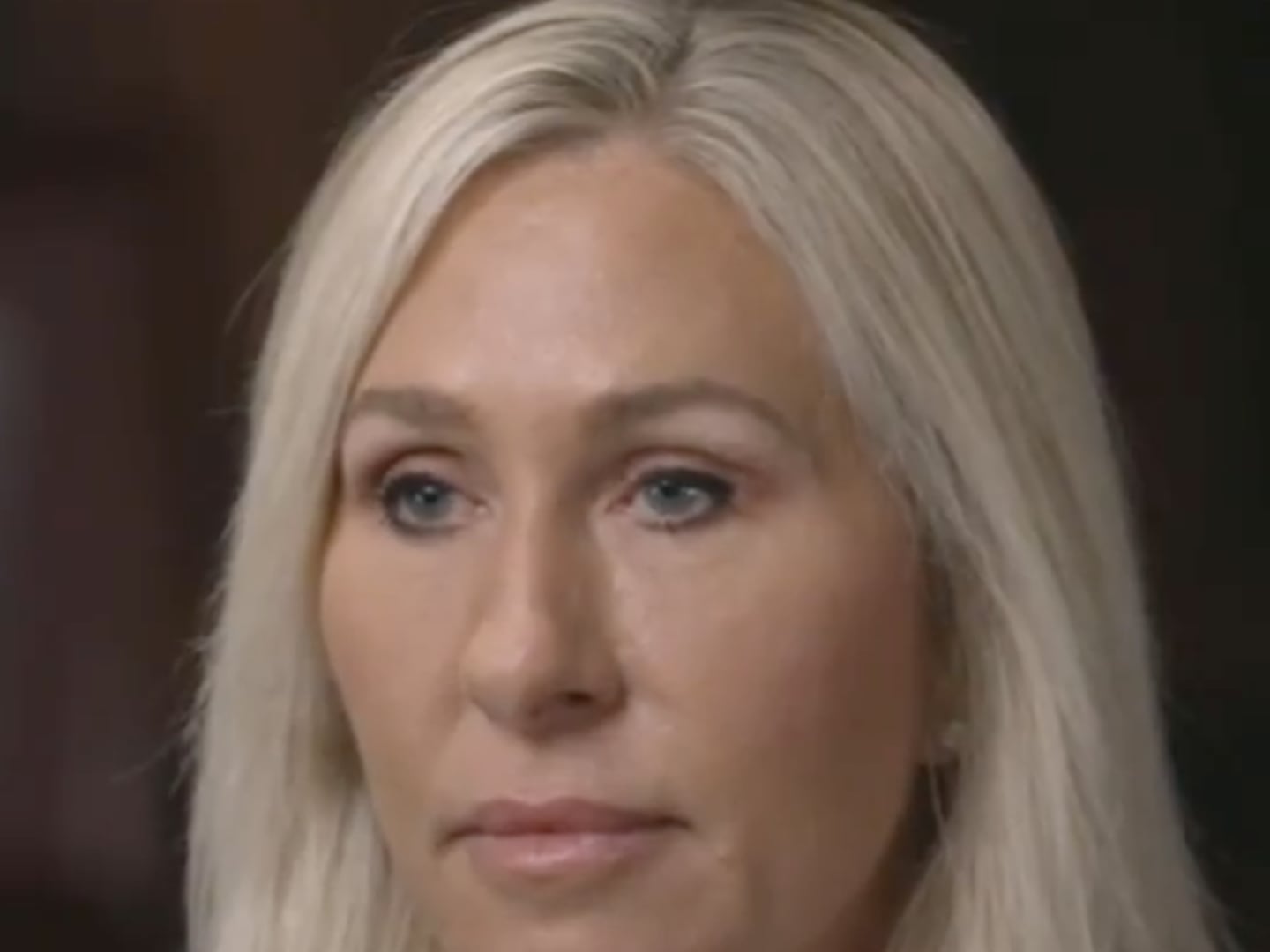In the wake of last month’s armed confrontation in Nevada, where right-wing militia threatened to shoot down federal Bureau of Land Management (BLM) agents with automatic weapons, another anti-federal government showdown is coming to a head in Utah. Over in Nevada, the issue was defending deadbeat rancher Cliven Bundy’s illegal cattle grazing; now, in Utah, a county commissioner wants to build an illegal road down a protected federal canyon; he’s planned an illegal ATV rally.

The locals consider the canyon their own recreational backyard and, like the commissioner, they believe they ought to be able to drive their ATVs anywhere they want. The publisher of the local San Juan Record thinks the rally could turn ugly: “This may blow up to be significantly more than they thought,” he said. “I think there are those who would like everyone with an AK-47 to be here.”
The larger issue is who, if anyone, owns the land.
Edward Abbey first introduced me to the canyons and mesas of southeastern Utah 40 years ago. Soon thereafter, Recapture Canyon became my favorite place to visit the beauty of this country and pay my respects to the ancients who lived in this homeland thousands of years before European settlement. About 25 years ago, I started taking my small children down here, to a place the kids called “the lost city,” because there was a 1,000-year-old Anasazi pueblo without significant signs of looting or pot hunting. I have taken many children there since, along with family and the people I love most in the world. Recapture Canyon is that special—I’ve taken probably 40 trips there, sometimes with an overnight camp. On each of these privileged descents into Recapture, we walked and climbed down. We never used a vehicle or ATV.
This magic land so loved by children is only a handful of miles southeast of Blanding, Utah, in San Juan County. This is exactly where a San Juan County commissioner plans on leading an illegal ATV “protest” ride down and through Recapture Canyon on May 8, 2014. The road they propose (we’ve witnessed illegal ATV use of the canyon throughout the past decade) would be 14.3 miles long and accessed from four trailheads.
One immediate consequence of the illegal ATV event is the cancellation of a well-planned trip for veterans co-sponsored by the BLM and the Sierra Club. I was to be a partner in this invaluable veterans’ program and had intended to address the vets at Sand Island, 20 miles south of Blanding, on the day following the ATV trip. Many of the veterans are, like myself, disabled from combat, with service-related trauma both physical and psychic. Native American medicine men were to prepare sweat lodges, along with traditional healing ceremonies. Navaho war veterans, whose ancestors were forced off these lands and fought in great numbers in our country’s foreign battles, had planned to assist the veterans healing program. I was especially enthusiastic to participate in the vets program because of the Navajo and the quality of the leadership of both BLM and Sierra Club outreach personnel. One of them wrote this on April 24:
“Due to the potential risk of an illegal ATV ride on BLM lands conflicting with our Cedar Mesa trek, we are postponing the event until October of this year. While the spiritual side of the event could be affected by the ATV ride, there is also the potential safety risk to BLM staff and trip participants due to the recent hostile atmosphere in the West surrounding these events.”
This great healing event for veterans has been pushed aside by a few ATV advocates insistent on illegally riding their silly toys. What a missed opportunity.
As for San Juan County’s claims over the land: they have no special rights. Public, BLM lands belong to you and your children, to fishermen in Florida or anyone in New York or San Francisco as much as they belong to residents of Blanding. We white settlers in the West often conveniently forget that we were not the first to own the land; we merely got it from others who stole it from people who never claimed to own it in the beginning.

There is another way of seeing the vast public lands of southern Utah and Cedar Mesa: that maybe they belong to no one, or to themselves, or the Ancients whose spirits so dominate this holy landscape. We don’t need to see our public lands as a giant free supermarket, a cheap place to graze our cows, extract minerals, drill for oil, grow a tourist economy or guide commercial trips. The highest density of archaeological sites in the country is here; perhaps the value of these lonely ruins lies in the spiritual inspiration they hold for all modern people, not as objects of future inquiry for scientists, but for our children to know we were not the first, nor will we be the last, to live here.
An archaeologist from Bluff, Utah, once told me Recapture Canyon was unique in Anasazi archeology, that the canyon had its own Pueblo culture. He showed me remnants of a thousand-year-old holy road for foot travel in the tradition of Chaco Canyon National Historic Park. Recapture is home to the northernmost Great Kiva in Utah. We might ask the Native American neighbors who live along Recapture Canyon—the White Mesa Ute on the adjacent west rim and Utah Navajo to the southeast—what they would advise and recommend.
And, yes, the BLM does need help: They need more law enforcement resources to protect our public lands from violations of laws already on the books, like Antiquity laws protecting Native American archaeological sites. And the laws closing those few wild areas to motor vehicle or ATV use: Most public lands are far too open to vehicular use. We have only several, mostly small areas where we have to walk the old- fashioned way. Let’s keep Recapture Canyon one of them. After all, it’s not that hard to go down there on your own two feet; my pre-school children did it a bunch of times.






